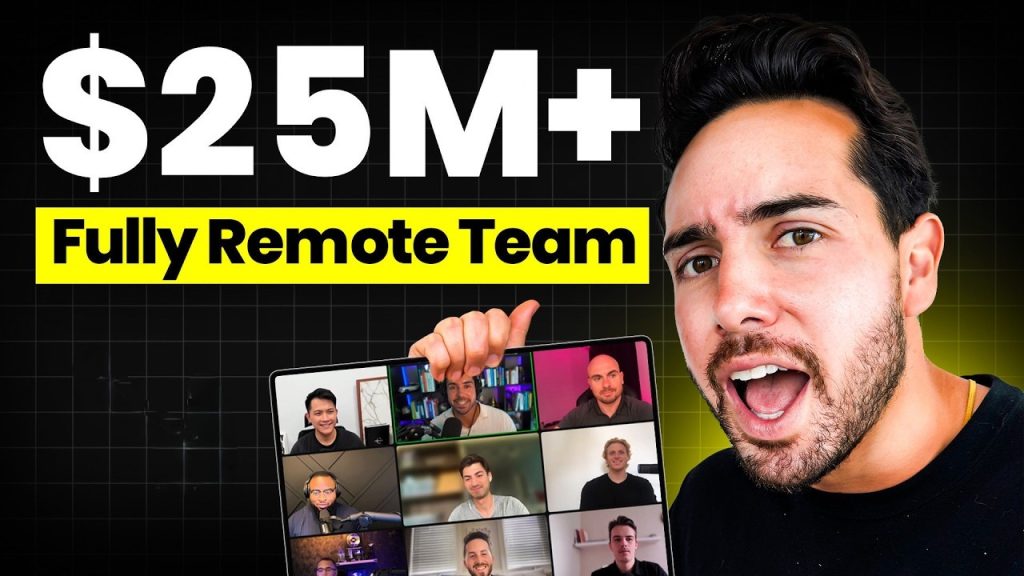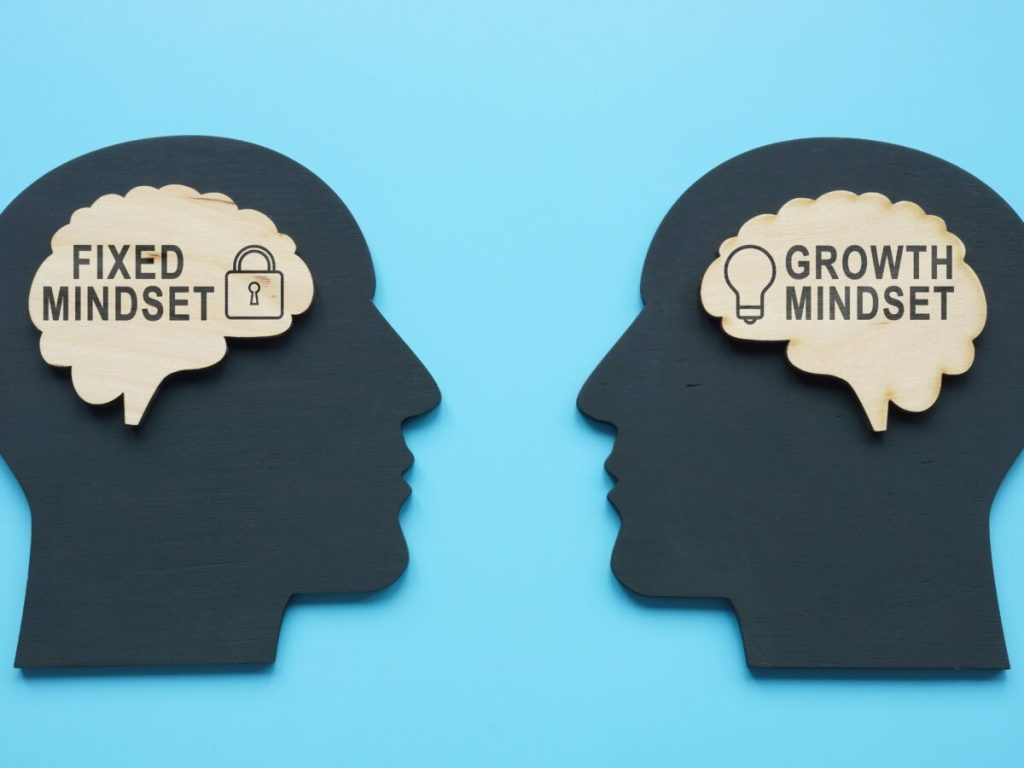
Introduction
Remote work has become the new norm for many teams worldwide, bringing both flexibility and new challenges. One of the biggest challenges remote teams face is staying productive and focused when working from home. With distractions, meetings, and the temptation to multitask, staying on top of tasks can feel overwhelming.
One powerful strategy to improve productivity and focus is time-blocking. Time-blocking involves setting aside specific blocks of time for different tasks or activities throughout the day. This simple but effective technique can help remote teams structure their workday, manage time more efficiently, and achieve more in less time and increased productivity.
In this article, we’ll dive into time-blocking productivity hacks that remote teams can use to stay organized, reduce distractions, and improve their work output. Whether you’re a manager leading a remote team or an employee working from home, these tips will help you stay focused and get more done each day.
What Is Time-Blocking?

Time-blocking is a productivity technique where you divide your day into distinct blocks of time, each assigned to a specific task or group of tasks. Rather than working through an endless to-do list, time-blocking allows you to focus on one task at a time and ensures that you allocate enough time for the most important activities.
For remote teams, time-blocking can be especially effective. It helps prevent distractions, encourages deep work, and ensures that team members aren’t overwhelmed by tasks. By planning out the day in advance and assigning clear time slots for each task, remote workers can stay on track and be more productive.
Benefits of Time-Blocking for Remote Teams

1. Increased Focus and Reduced Distractions
In a remote work environment, distractions are everywhere—from family members to household chores to social media. Time-blocking can help reduce these distractions by allowing team members to focus on one task at a time. When workers know they have a designated block of time for a specific task, they are less likely to jump between activities.
2. Better Time Management
Time-blocking allows team members to manage their time better by ensuring they dedicate the right amount of time to each task. It prevents tasks from bleeding into each other and ensures that important activities, like meetings, deep work, and breaks, are all given appropriate time slots.
3. Improved Work-Life Balance
Time-blocking can help remote workers create boundaries between work and personal life. By setting clear time blocks for both work and personal tasks, employees can avoid overworking and burnout. It ensures that there is dedicated time for breaks, exercise, and family, improving overall well-being.
4. Increased Accountability
When team members have a set schedule with clear time blocks, it’s easier to track progress. Remote workers can see exactly when they’ve completed a task and when they’re falling behind. This accountability encourages productivity and helps everyone stay on task.
Role of Time-Blocking in Team Collaboration

Time-blocking does more than help individuals—it guides whole teams on how to work together. When team members share calendars with clear blocks for meetings, brainstorming, and solo work, everyone knows when it’s best to connect or stay silent. Managers can schedule check-ins at times that respect deep work windows, boosting meeting productivity. Teams can even adopt “focus hours” where no meetings are allowed, preserving large uninterrupted blocks for creative or technical tasks. By weaving shared time-blocks into workflows, remote teams create a balanced rhythm of collaboration and alone time.
Time-Blocking Productivity Hacks for Remote Teams

1. Start with the Most Important Tasks
Begin your day by identifying your most important tasks—those that will have the biggest impact on your team’s success. Use the first block of time in the morning to tackle these tasks when you’re most focused and energetic. Prioritizing these tasks helps ensure that they get done before distractions set in.
2. Block Time for Deep Work
Deep work is uninterrupted, focused work that allows for high productivity and creativity. For remote teams, time-blocking can help set aside specific times during the day for deep work, free from meetings and emails. Encourage your team to schedule deep work blocks where they focus solely on important tasks without interruptions.
3. Use Time Blocks for Meetings
Remote work teams often have several meetings each day, which can disrupt productivity. Time-blocking can help manage meeting times effectively. Instead of letting meetings fill up your entire schedule, assign specific time slots for meetings. Limit meetings to set durations (e.g., 30 or 60 minutes) and avoid back-to-back scheduling to give your team members time to focus on their work between meetings.
4. Include Breaks and Downtime
Scheduling breaks is just as important as scheduling work tasks. Remote teams can easily burn out by working nonstop without proper breaks. Include time blocks for short breaks during the day (e.g., 5-10 minutes every hour) and longer breaks for lunch. This helps improve focus and refreshes your team members for the next task.
5. Set Time Blocks for Email and Communication
Email and communication tools like Slack can easily become distractions when working remotely. To avoid constant interruptions, schedule a block of time specifically for checking emails and responding to messages. This could be once in the morning, after lunch, and at the end of the day. This helps remote workers stay focused on tasks without being distracted by incoming messages.
6. Adapt Time Blocks to Your Energy Levels
Everyone has a different energy cycle throughout the day. Some people are more productive in the morning, while others may hit their stride in the afternoon or evening. Encourage team members to adapt their time-blocking schedule based on their individual energy levels. For example, if someone is a morning person, they might schedule deep work in the early hours when they feel most focused.
7. Review and Adjust Time Blocks Regularly
It’s important to regularly review and adjust time blocks to make sure they’re still working effectively. Every week, assess how well your time-blocking system is helping your team stay on track. Are there any tasks taking longer than expected? Are meetings dragging on too long? Adjust time blocks to optimize productivity and ensure the team’s workflow is smooth.
Time-Blocking Tools for Remote Teams

There are several tools available to help remote teams implement time-blocking effectively. Here are some popular tools to consider:
- Google Calendar: A simple and free tool to create color-coded time blocks for tasks, meetings, and breaks.
- Trello: A project management tool that allows you to organize tasks into time blocks and track progress visually.
- Clockify: A time-tracking app that helps team members log their work hours and ensures that tasks are completed within scheduled time blocks.
- Todoist: A task management app that helps users create tasks, set due dates, and time blocks for each task.
- Focus Booster: A productivity tool based on the Pomodoro Technique, helping users work in 25-minute intervals followed by short breaks.
Challenges of Time-Blocking Remotely
Despite its benefits, time-blocking has real hurdles for remote teams. Sticking to rigid blocks can feel too strict if urgent issues pop up. Some tasks take longer than planned, throwing off the whole day. Time-zones make finding shared blocks tricky for global teams. Over-blocking back-to-back can leave no room for quick questions or breaks, leading to burnout. And without strong calendar habits, employees may forget to update or respect others’ blocks. To overcome these issues, teams need flexible buffer time, clear guidelines on interruptions, and regular reviews of their blocking routines.
Future of Time-Blocking for Remote Teams

Looking ahead, tools and habits around time-blocking will grow even smarter. Calendar apps may use AI to suggest optimal block lengths based on past work patterns and energy levels. Integrations with task managers could auto-create blocks when new to-dos are added. Teams might adopt dynamic blocks that adjust if a task runs long or a meeting gets canceled. Virtual assistants could nudge employees when it’s time to start or end a block. As technology improves and best practices spread, time-blocking will become a natural part of remote work, helping teams stay focused, flexible, and connected.
Comparative Table: Example of a Remote Team’s Time-Blocking Schedule
| Time Block | Task/Activity | Duration | Notes |
|---|---|---|---|
| 8:00 AM – 9:00 AM | Deep Work: Writing Reports | 1 hour | Focused work time for high-priority tasks |
| 9:00 AM – 9:30 AM | Check and Respond to Emails | 30 minutes | Limit time for email communication |
| 9:30 AM – 10:30 AM | Team Meeting | 1 hour | Set agenda and stick to time limits |
| 10:30 AM – 12:00 PM | Deep Work: Product Development | 1.5 hours | Focused work on long-term projects |
| 12:00 PM – 1:00 PM | Lunch Break | 1 hour | Time to relax and recharge |
| 1:00 PM – 2:00 PM | Collaborative Work (Brainstorming, Planning) | 1 hour | Team collaboration and idea generation |
| 2:00 PM – 3:00 PM | Meeting with Clients | 1 hour | Scheduled video call or conference |
| 3:00 PM – 4:00 PM | Check Slack and Respond to Messages | 1 hour | Limit communication to a set block of time |
| 4:00 PM – 5:00 PM | Wrap Up Work, Plan for Next Day | 1 hour | Finalize tasks and prepare for tomorrow |
This table offers an example of how remote teams can organize their day with time-blocking to ensure productivity and maintain focus.
Conclusion: Time-Blocking for Remote Team Success
Time-blocking is an essential strategy for remote teams to stay organized, focused, and productive in 2025. By dividing the day into structured blocks for deep work, team meetings, virtual meetings, breaks, and communication, remote teams can optimize their time, reduce distractions, and improve work-life balance.
By using tools like Google Calendar or Trello, and adjusting time blocks to fit energy levels, remote teams can boost productivity and stay on top of their tasks. Regularly reviewing and adjusting the system ensures that time-blocking remains an effective tool for success in the long term.
Call to Action
Ready to improve your remote team’s productivity? Start using time-blocking today to streamline your workday and boost focus. Visit our website for more productivity tips and tools to enhance your remote work experience.
























